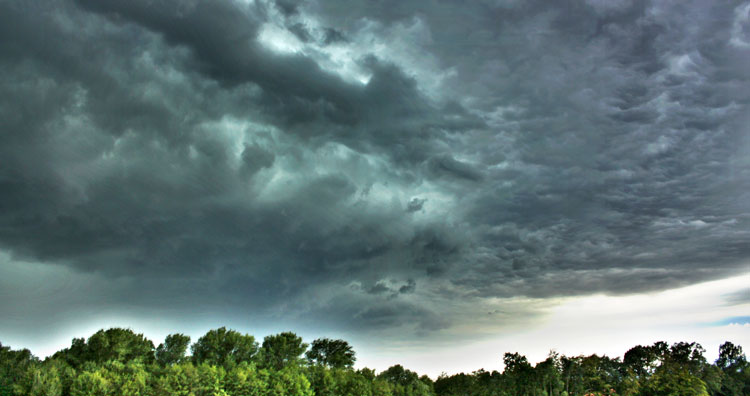

By Paul Silverfarb
Sentinel Editor
For some Greenwich residents and people up and down the East Coast on Tuesday morning, they probably didn’t need that cup coffee to kick start their day. The National Weather Service provided the morning jolt.
A little before 8:30 a.m. on Tuesday morning, certain cell phones and media devices up and down the East Coast displayed a message from the National Weather Service saying there was a Tsunami Warning in effect until 9:28 a.m. EST.
The message, however, was just a test that was never supposed to be sent out to the public. By 8:54 a.m., the National Weather Service based out of the Boston Mass. area sent out a tweet stating that they have received several reports of a tsunami warning and that there are “no tsunami threats for New England.”
In a statement sent to the Sentinel from Susan Buchanan, National Weather Service Acting Director of Public Affairs:
“There is no tsunami threat,” the statement reads. “The National Tsunami Warning Center of the National Weather Service issued a routine test message at approximately 8:30 a.m. ET this morning. The test message was released by at least one private sector company as an official Tsunami Warning, resulting in widespread reports of tsunami warnings received via phones and other media across the East Coast, Gulf of Mexico, and the Caribbean.
“We’re currently looking into why the test message was communicated as an actual tsunami warning and will provide more information as soon as we have it,” the statement continues. “Officials are being notified that there is no threat.”
The National Tsunami Warning Center did NOT issue a tsunami Warning, Watch, or Advisory for any part of the United States or Canada this morning.
— NWS Tsunami Alerts (@NWS_NTWC) February 6, 2018
There is NO current Tsunami Warning, Advisory, Watch, or Threat for the U.S.
Please refer to https://t.co/pXpCFxXtaU and @NWS_NTWC for up to date information.— NWS (@NWS) February 6, 2018
TheNational Oceanic and Atmospheric Administration states that the hazard level for a tsunami to happen along the United States Atlantic Coast is classified as low to very low. On the other hand, Hawaii, the Southern Coast of Alaska and the U.S. West Coast have the highest chance of witnessing a tsunami, with American Samoa, Guam and the Northern Mariana Islands, and Puerto Rico and the United States Virgin Islands not far behind.
“Obviously the risk for the Connecticut coastline is even lower than it is for much of the East Coast because of Long Island,” said Jacob Meisel, Chief Weather Analyst for SWCTweather.com. “It’s not something that I would list as one of the top major concerns for the region. There are no significant fault lines in the Atlantic that would make tsunamis nearly as much of a threat here as they would be across portions of the Pacific West Coast.”
According to Tsunami.gov, which is run by the NOAA, a tsunami is a series of extremely long waves caused by a large and sudden displacement of the ocean.
On the Tsunami.gov website, it states that large earthquakes below or near the ocean floor are the most common cause. However, some other causes of tsunami’s range from volcanic activity, landslides and asteroids and comets colliding with Earth.
Most tsunamis are less than 10 feet high, but in extreme cases can reach 100 feet high when they are near their source. In addition, a tsunami in the deep ocean can travel over 500 miles per hour, but when they reach the short they travel roughly 20 or 30 miles per hour.
“Let’s put it this way, I saw people on Twitter joke about the warning and immediately thought it was an error because there’s no real basis on how one would form,” Meisel said. “I can’t think of a sizable earthquake far enough East to really cause problems for the region. There are many things that are certainly worth preparing for. Even earthquakes here aren’t unheard of around this area. But an earthquake that could create the type of tsunami that forces us to actually prepare for it is kind of outside the realm of what we are preparing for.”




